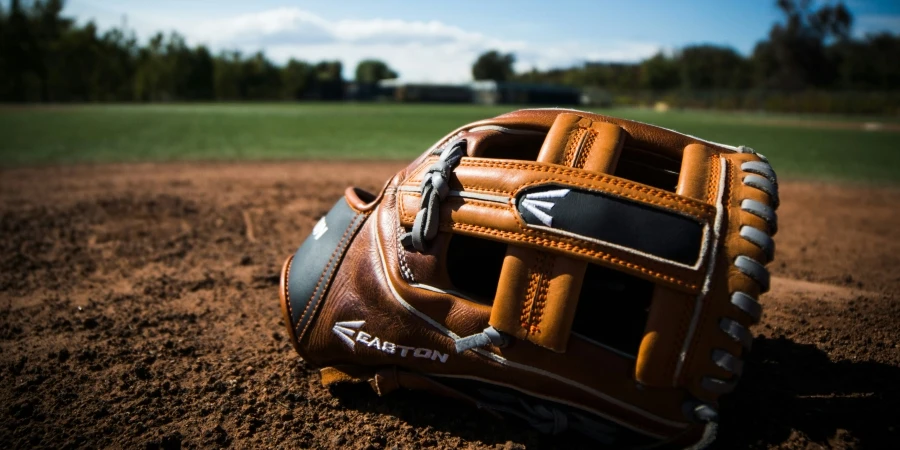Baseball gloves have evolved significantly over the years, becoming an essential piece of equipment for players at all levels. From the early days of rudimentary leather mitts to today’s high-tech, customized gloves, the market for baseball gloves continues to grow and innovate. This article delves into the current market trends, key players, and global demand and supply dynamics shaping the baseball glove industry.
Table of Contents:
Market Overview
Innovative Materials and Textures
Design and Customization
Technological Advancements
Durability and Quality
Conclusion
Market Overview
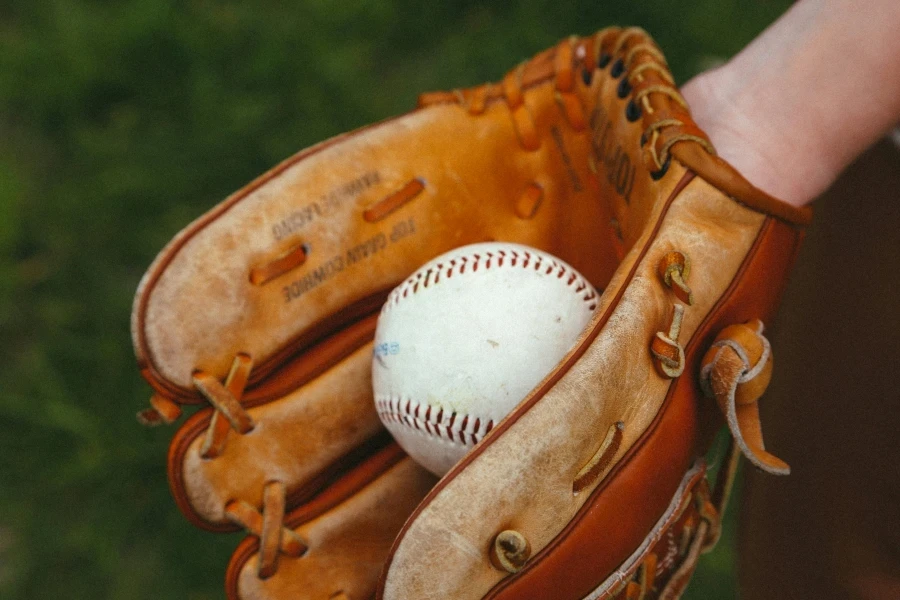
Current Market Trends
The baseball glove market is experiencing significant growth, driven by increasing participation in baseball and softball across the globe. According to a report by Research and Markets, the global sports gloves market, which includes baseball gloves, was valued at USD 1.64 billion in 2023 and is projected to reach USD 2.48 billion by 2030, growing at a CAGR of 6.08%. This growth is fueled by the rising popularity of baseball in emerging markets and the continuous innovation in glove materials and design.
One of the notable trends in the market is the shift towards eco-friendly materials. Manufacturers are increasingly using sustainable materials such as recycled leather and synthetic alternatives to reduce their environmental footprint. This trend is not only appealing to environmentally conscious consumers but also aligns with global sustainability goals.
Key Players in the Industry
The baseball glove market is dominated by several key players who have established themselves through innovation, quality, and brand reputation. Companies such as Rawlings Sporting Goods Company, Inc., Wilson Sporting Goods, and Mizuno Corporation are at the forefront of the industry. These companies invest heavily in research and development to create gloves that offer superior performance, durability, and comfort.
Rawlings, for instance, is renowned for its high-quality leather gloves and has been the official glove of Major League Baseball (MLB) for decades. Wilson Sporting Goods is another major player, known for its A2000 series, which is highly popular among professional and amateur players alike. Mizuno Corporation, a Japanese company, has also made significant strides in the market with its innovative designs and use of advanced materials.
Global Demand and Supply Dynamics
The demand for baseball gloves is not limited to North America, where the sport is most popular. There is a growing interest in baseball in regions such as Asia-Pacific and Latin America. According to Research and Markets, the Asia-Pacific region is expected to witness the highest growth rate in the sports gloves market, driven by increasing sports participation and the rising popularity of baseball in countries like Japan, South Korea, and China.
In terms of supply dynamics, the market is characterized by a mix of established brands and new entrants. While established brands dominate the premium segment, new entrants are focusing on affordable and innovative products to capture market share. The supply chain for baseball gloves involves multiple stages, from raw material procurement to manufacturing and distribution. Companies are increasingly adopting advanced manufacturing techniques such as 3D printing to enhance production efficiency and reduce costs.
Innovative Materials and Textures
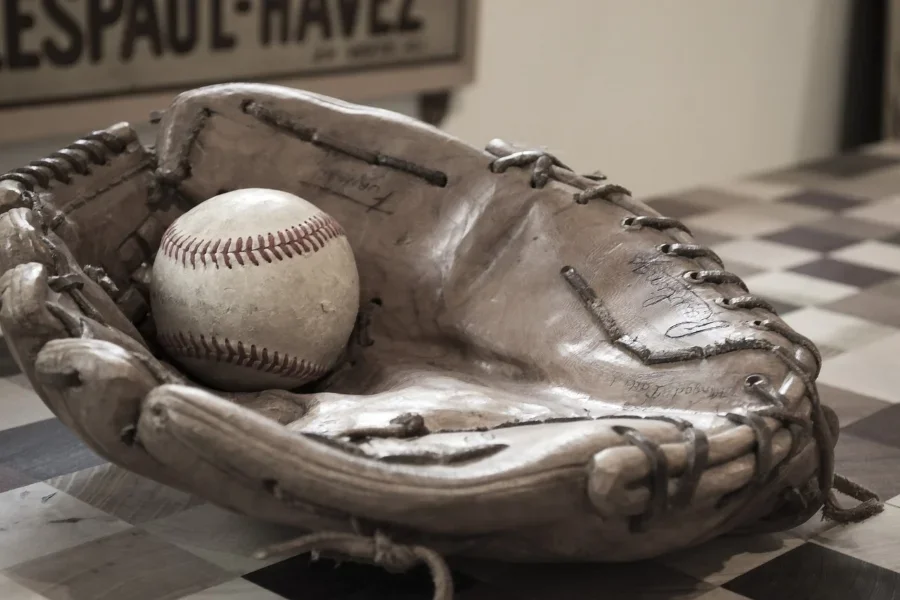
Leather vs. Synthetic: Pros and Cons
When it comes to baseball gloves, the choice between leather and synthetic materials is a significant consideration. Leather gloves have long been the gold standard in the industry, known for their durability, comfort, and superior grip. They tend to mold to the player’s hand over time, providing a custom fit that enhances performance. However, leather gloves require regular maintenance, including conditioning to prevent the material from drying out and cracking. They are also generally more expensive than their synthetic counterparts.
On the other hand, synthetic gloves offer a more affordable option and are often lighter in weight. They require less maintenance and are more resistant to weather conditions, making them a practical choice for younger players or those new to the sport. However, synthetic materials may not provide the same level of comfort and grip as leather, and they typically do not last as long. Synthetic materials in mittens are praised for their affordability and functionality, which can be paralleled to their use in baseball gloves.
The Rise of Eco-Friendly Materials
In recent years, there has been a growing trend towards the use of eco-friendly materials in the manufacturing of baseball gloves. This shift is driven by increasing environmental awareness and the demand for sustainable products. Manufacturers are now exploring alternatives such as recycled leather and biodegradable synthetics. These materials not only reduce the environmental impact but also offer comparable performance to traditional materials. The use of eco-friendly materials in mittens indicates a broader industry trend towards sustainability.
Enhancing Grip and Comfort with Advanced Textures
Advancements in material technology have led to the development of baseball gloves with enhanced grip and comfort. Textured surfaces, such as those found in high-end winter mittens, are being incorporated into glove designs to improve grip in various weather conditions. These textures can include raised patterns or specialized coatings that provide additional friction between the glove and the ball. Additionally, innovations in padding and lining materials are enhancing comfort, reducing hand fatigue, and improving overall performance.
Design and Customization
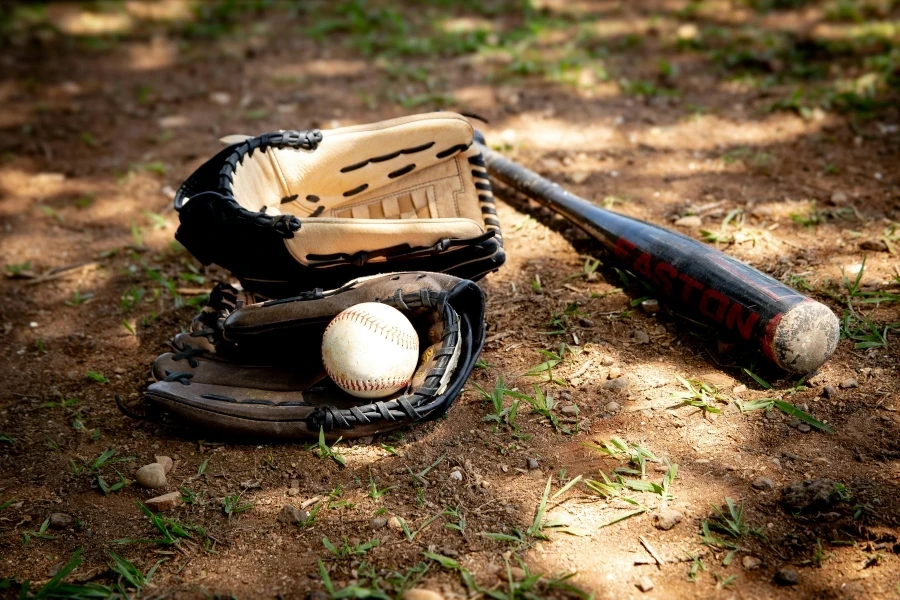
Ergonomic Designs for Enhanced Performance
Ergonomic design is a critical factor in the performance of baseball gloves. Modern gloves are designed to fit the natural contours of the hand, providing better control and reducing the risk of injury. Features such as pre-curved fingers and adjustable wrist straps ensure a secure and comfortable fit.
Customization Options for Personalized Fit
Customization is becoming increasingly popular in the sports equipment industry, and baseball gloves are no exception. Players can now choose from a variety of customization options, including personalized embroidery, color choices, and specific material combinations. This allows players to create a glove that not only fits their hand perfectly but also reflects their personal style. Customization options also extend to the type of webbing, pocket depth, and finger stalls, allowing for a truly personalized fit.
Aesthetic Trends in Baseball Glove Design
Aesthetic trends in baseball glove design are evolving, with manufacturers offering a wide range of colors and patterns to appeal to players of all ages. Traditional brown and black gloves are now joined by vibrant hues and unique designs, making the gloves as stylish as they are functional. Players can now express their individuality through their choice of glove, adding a personal touch to their gear.
Technological Advancements
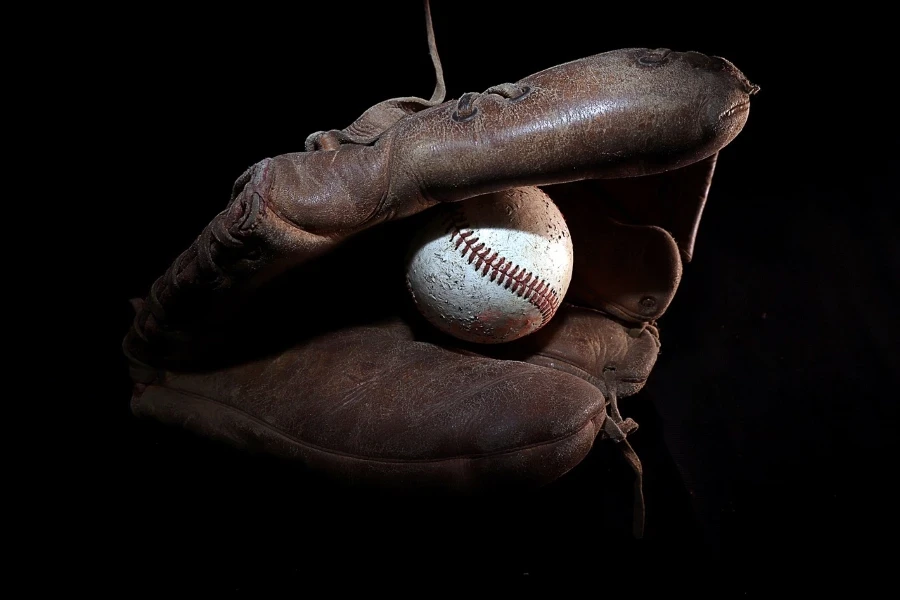
Smart Gloves: Integrating Technology for Better Performance
The integration of technology into sports equipment is revolutionizing the way athletes train and perform. Smart gloves equipped with sensors and connectivity features are now available, providing real-time data on metrics such as grip strength, hand positioning, and ball impact. This data can be used to analyze and improve performance, making smart gloves a valuable tool for serious players.
Impact of 3D Printing on Glove Manufacturing
3D printing technology is making significant inroads into the manufacturing of baseball gloves. This technology allows for precise customization and rapid prototyping, enabling manufacturers to create gloves that are tailored to the specific needs of individual players. 3D printing also reduces waste and production costs, making it an environmentally friendly and cost-effective option.
Innovations in Padding and Protection
Innovations in padding and protection are enhancing the safety and comfort of baseball gloves. New materials and designs are being developed to provide better shock absorption and reduce the risk of injury. For example, multi-layer padding systems and gel inserts are being used to protect the hand from high-impact forces.
Durability and Quality

Assessing the Longevity of Different Materials
The longevity of a baseball glove is largely determined by the materials used in its construction. Leather gloves, while more expensive, tend to last longer and provide better performance over time. Synthetic gloves, on the other hand, may wear out more quickly but offer a cost-effective alternative for casual players.
Tips for Maintaining and Extending the Life of Your Glove
Proper maintenance is essential to extend the life of a baseball glove. Regular cleaning, conditioning, and storage in a cool, dry place can prevent the material from deteriorating. For leather gloves, applying a leather conditioner can keep the material supple and prevent cracking. Synthetic gloves require less maintenance but should still be cleaned and stored properly to ensure longevity.
Conclusion
The baseball glove industry is experiencing exciting advancements in materials, design, and technology. From the use of eco-friendly materials to the integration of smart technology, these innovations are enhancing performance and sustainability. As the industry continues to evolve, players can look forward to even more personalized and high-performing gloves that meet their specific needs. The future of baseball gloves is bright, with ongoing developments promising to take the game to new heights.
